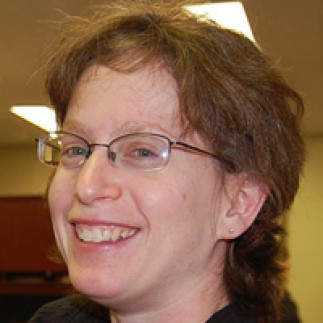Cette conférence sera prononcée par la professeure Amy Blum du Département de chimie de l'Université McGill. Elle sera donnée en anglais.
Résumé : Significant challenges exist in assembling the building blocks of a nanoscale device. Self-assembly is one of the few practical strategies for making ensembles of nanostructures and will therefore be an essential part of nanotechnology. In order to generate complex structures through self-assembly, it is essential to develop methods by which different components in solution can come together in an ordered fashion. As biological interactions are better understood, there has been interest in using the specificity and strong interactions present in biology to organize and orient inorganic components to create new materials. Using viruses as nanoscale scaffolds for devices offers the promise of exquisite control over positioning nanoscale components on a protein scaffold that also allows further self assembly of the nanoscale devices. Using Cowpea Mosaic Virus, modified to express cysteine residues on the capsid exterior, nanoparticles were attached to the viral scaffold in a pattern to produce specific interparticle distances. The nanoparticles were then interconnected using thiol-terminated conjugated organic molecules that can act as “molecular wires”, resulting in a three-dimensional spherical conductive network that is only 30 nm in diameter. We demonstrate that conductance changes in such molecular networks can be useful for chemical sensing.

